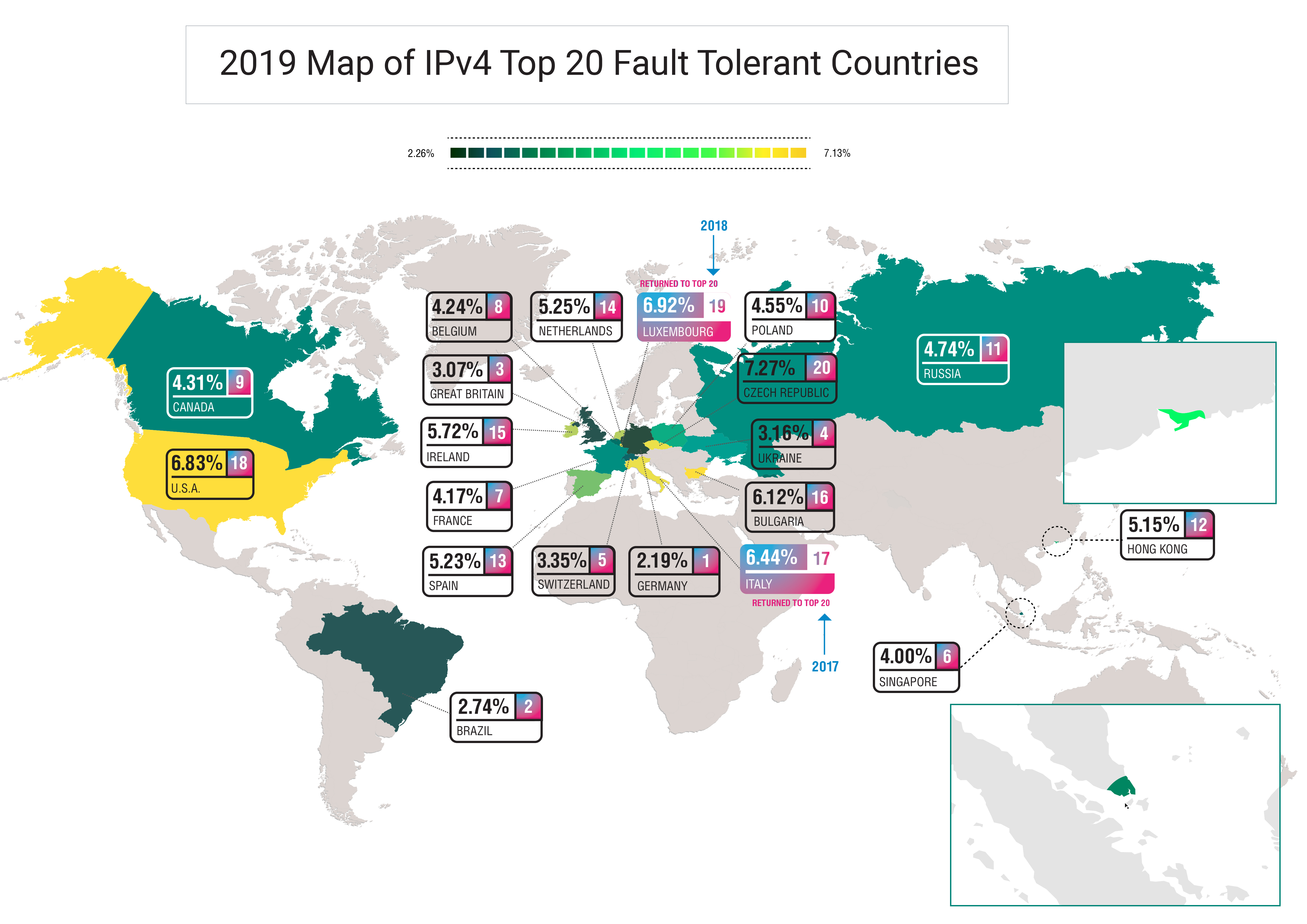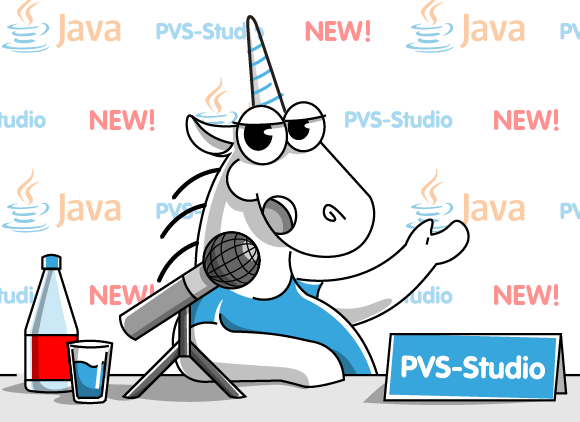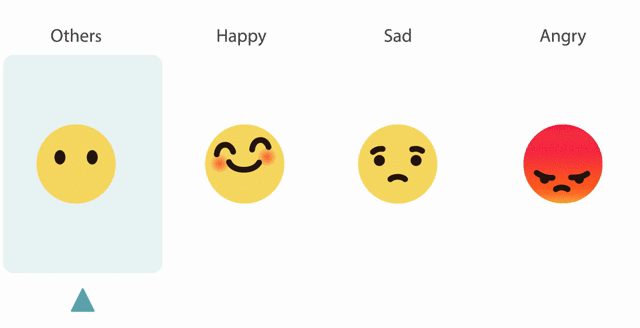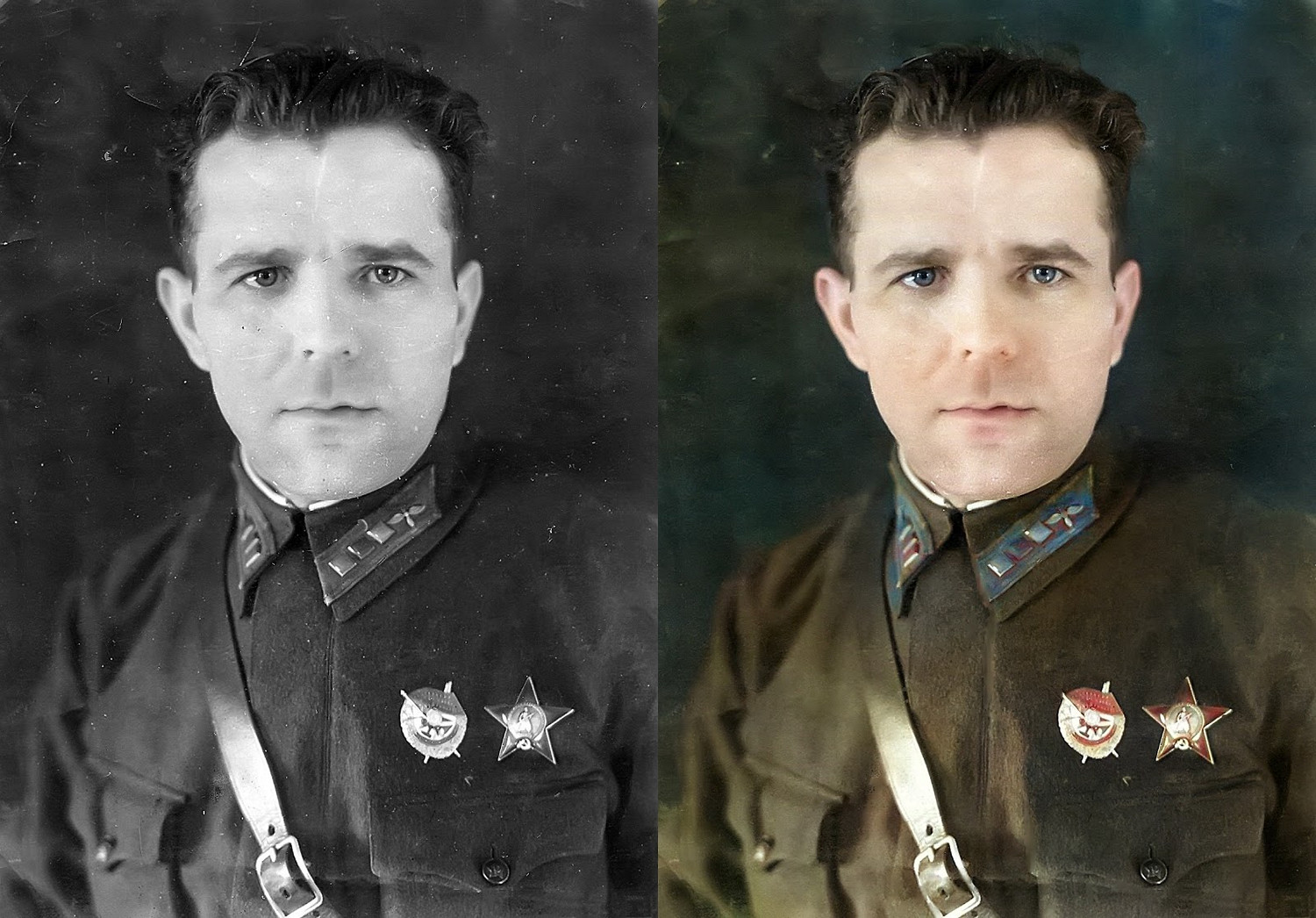
In 2017, we won the competition for the development of the transaction core for Alfa-Bank's investment business and started working at once. (Vladimir Drynkin, Development Team Lead for Alfa-Bank's Investment Business Transaction Core,
spoke about the investment business core at HighLoad++ 2018.) This system was supposed to aggregate transaction data in different formats from various sources, unify the data, save it, and provide access to it.
In the process of development, the system evolved and extended its functions. At some point, we realized that we created something much more than just application software designed for a well-defined scope of tasks: we created a system for building distributed applications with persistent storage. Our experience served as a basis for the new product,
Tarantool Data Grid (TDG).
I want to talk about TDG architecture and the solutions that we worked out during the development. I will introduce the basic functions and show how our product could become the basis for building turnkey solutions.
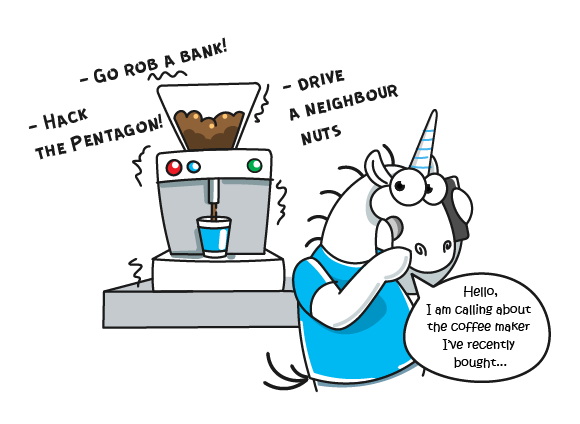


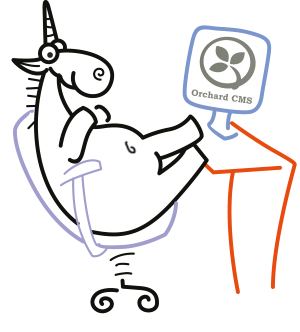





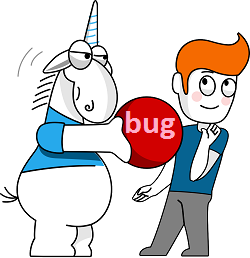 Talking to people at conferences and in comments to articles, we face the following objection: static analysis reduces the time to detect errors, but takes up programmers' time, which negates the benefits of using it and even slows down the development process. Let's get this objection straightened out and try to show that it's groundless.
Talking to people at conferences and in comments to articles, we face the following objection: static analysis reduces the time to detect errors, but takes up programmers' time, which negates the benefits of using it and even slows down the development process. Let's get this objection straightened out and try to show that it's groundless.




